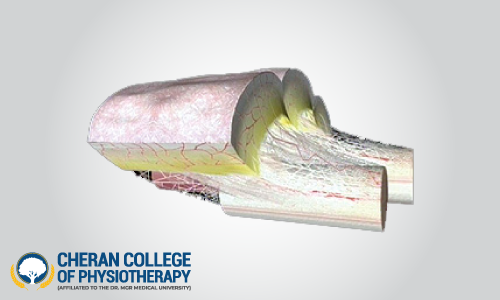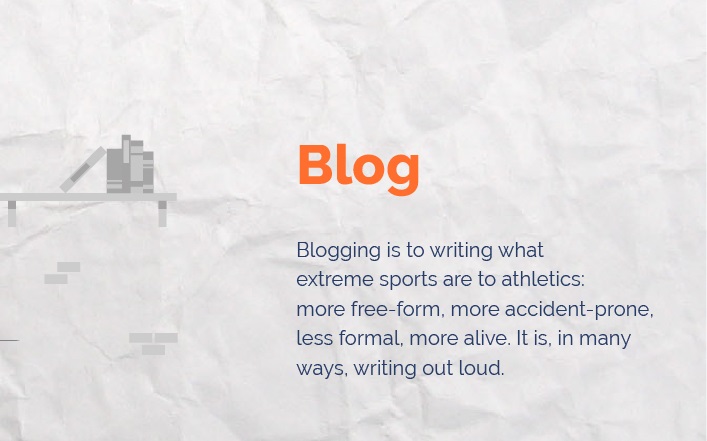Our Blogs


Need To Know About Myofascial Release Therapy
Published on 29.08.2022
Most people experience muscle soreness occasionally. However, a type of persistent or protracted pain known as myofascial pain can impact the connective tissue, or fascia, of a collection of muscles. Trigger points are places that cause myofascial discomfort. Typically, trigger points are located in tense muscles or in the fascia.
IMPORTANT: It's important to seek help from a trained or a Physiotherapy Course Completed specialist
Myofascial Release Therapy
Manual therapy technique frequently utilized in massage known as myofascial release (MFR), which was first introduced by Andrew Taylor Still and his early trainees, addresses the myofascial structures. The technique, which can be direct or indirect, focuses on pain thought to originate from myofascial tissues, which are tough membranes that wrap, link, and support your muscles.
During myofascial release therapy, the therapist examines for myofascial areas that feel locked and tough rather than elastic and flexible. Myofascial release therapy releases reduced mobility by applying concentrated manual pressure and stretching; this indirectly reduces pain.
SYMPTOMS
- Tissues Tightness
- Extreme Pressure on Muscle
- Pain in Body Including headache / back pain
Mock (1997) describes a hierarchy of MFR stages or ‘levels’ as
- 1st Stage - Treatment of tissues without introducing tension
- 2nd Stage - Treatment of tissues without introducing tension
- 3rd Stage - An introduction to the passively driven motion method
- 4th Stage - Similar to the preceding description, except that the patient actively moves the tissues through their entire range of motion, from shortest to longest, while the practitioner or therapist provides resistance.
FASCIA MEANS
Fascia is a thin casing of connective tissue that surrounds and holds every organ, blood vessel, bone, nerve fiber and muscle in place. The tissue does more than provide internal structure; fascia has nerves that make it almost as sensitive as skin. When stressed, it tightens up
MYOFASCIAL MASSAGE
Myofascial massage can help to loosen the fascia and release your muscles and joints from constrictive and frequently painful situations when the fascia becomes constricted and unpleasant. Back pain, whiplash, disc issues, postural irregularities, fibromyalgia, chronic fatigue syndrome, sciatica, carpal tunnel syndrome, frozen shoulder, and arthritis are among the conditions that may benefit from a myofascial release. In comparison to cryo-stretching, myofascial release revealed an immediate higher improvement in cervical lateral flexion range of motion.
Benefits of Myofascial Release Therapy
- Improve range of motion
- Reduce soreness
- Increase body’s natural recovery
- Body relaxation
- Stress Free
Who Provides Myofascial Release Therapy?
Myofascial release therapy can be done by a wide range of medical specialists, including qualified osteopathic doctors, chiropractors, physical or occupational therapists, massage therapists, or sports medicine/injury specialists.
How will all feel after a myofascial massage?
After myofascial massage, all can feel sleepy or relaxed, but the majority of people get rapid relief. As the body removes the released toxins, aches and pains are typical for around 24 hours following your treatment. After massage, drink a lot of water to hasten this procedure.Therapy sessions follow a structure similar to physical therapy for post-operative rehabilitation. The focus of the initial consultation will be on identifying the fascial regions that appear to be limited and assessing how much motion or symmetry has been lost in the body.
Additional Myofascial Release Therapy
The effectiveness of various treatments like acupuncture, manipulation, physical therapy, or occupational therapy can be increased with the help of myofascial therapy. In addition, myofascial release therapy can help athletes improve their alignment before sporting events or skeletal and muscular alignment before surgery.Myofascial therapy can relieve pain for patients with limited flexibility and movement or assist patients get ready for more rigorous types of strengthening by focusing on particular parts of the fascial system. This allows patients to regain normal movement and increased function.
Top Colleges in Coimbatore Related to Physiotherapy Will Explore More and with the help of this practical course, everyone discovered manual therapy techniques on how to relieve muscle tension and pain.